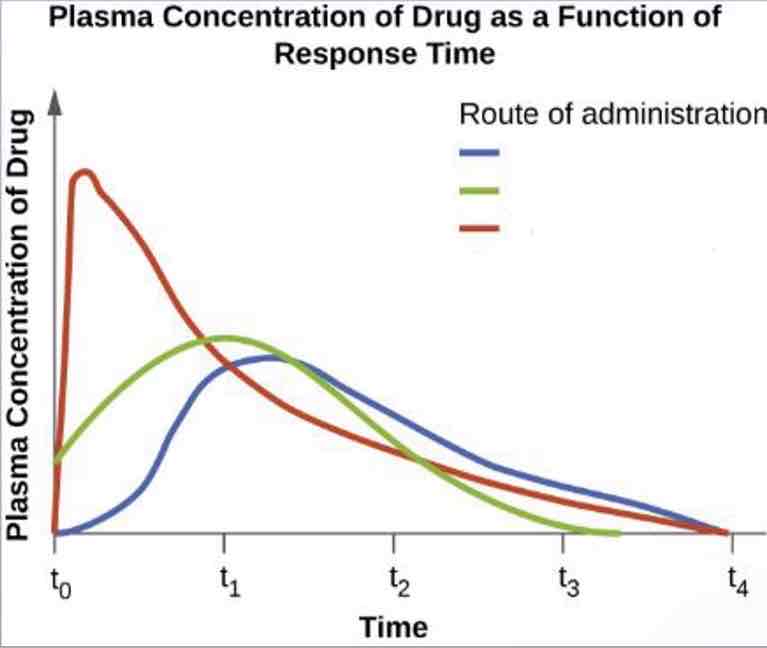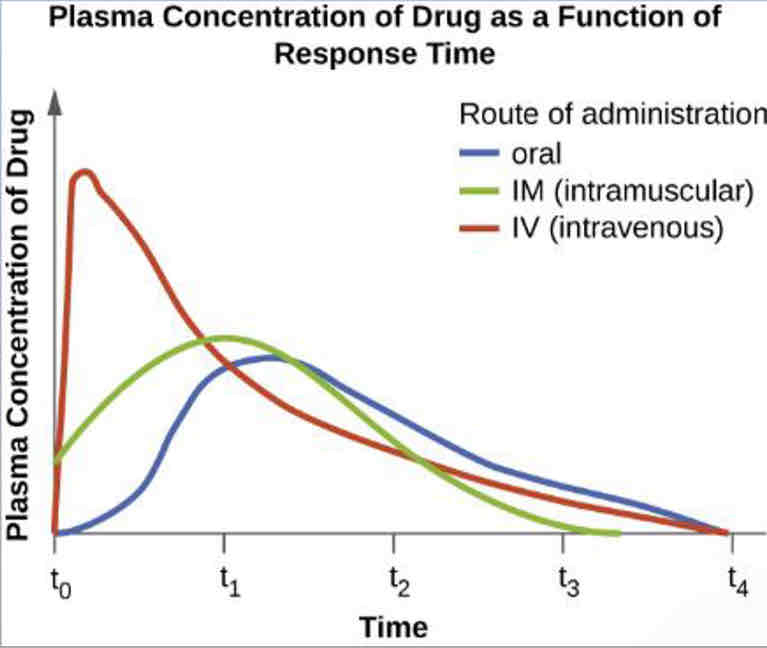Chapter 14: Controlling Microbes in the Body
1/13
There's no tags or description
Looks like no tags are added yet.
Name | Mastery | Learn | Test | Matching | Spaced |
|---|
No study sessions yet.
14 Terms
Waksman
Antibiotics from Streptomyces
Fleming
Discovered penicillin
Domagk
Discovered sulfanilamide
Ehrlich
Used arsenic compounds as “magic bullets”
Compare natural, semisynthetic, and synthetic antibiotics
Natural: Soil, bacteria
Semisynthetic: Natural but modified (chemical)
Synthetic: Made from chemical
Explain selective toxicity. Why are there more antibiotics effective in killing bacteria than eukaryotic pathogens and viruses?
More targets for bacteria because they are Prokaryotic organisms; Eukaryotic pathogens share many metabolic enzymes and cell structures with humans; virus are more simple particles and don’t have many targets
Describe 6 mechanisms of action for antibiotics and majorr drugs in the category
-Inhibit protein synthesis:
-Inhibit metabolic pathways:
-Inhibits DNA function/synthesis:
-Inhibit cell wall synthesis:
-Inhibit membrane synthesis, components
Never
Let
Monkeys
Eat
Bananas
Neutrophils (60-70%)
Lymphocytes (20-40%)
Monocytes (3-10%)
Eosinophils (1-4%)
Basophils (1%)
The ideal antibiotic should be
One that targets specific organism, effective, safe, does not lead resistance
Compare narrow-spectrum to broad-spectrum antibiotics Is there a disadvantage to using a broad-spectrum antibiotic?

-Oral: took antibiotic by mouth and went through the digestive system (takes awhile)
-IM (intramuscular): Had it in the arm and it got absorbed in the muscle then into the bloodway (2nd to fast reaction)
-IV (intravenous): Straight in the vein(fastest process)

3 examples of how the use of antibiotics causes a patient harmful side effect
Kill good bacteria (microbiota)
Pregnant woman can’t take it
How can microbes become resistant to antibiotics?
-Mutate target enzyme
-Block entrance
-Secretes the antibiotic
-Inactivate the antibiotic
How can we slow down the development of antibiotic resistance? List 5 mechanisms of resistance
Using antibiotics less frequently; use only four bacterial infections